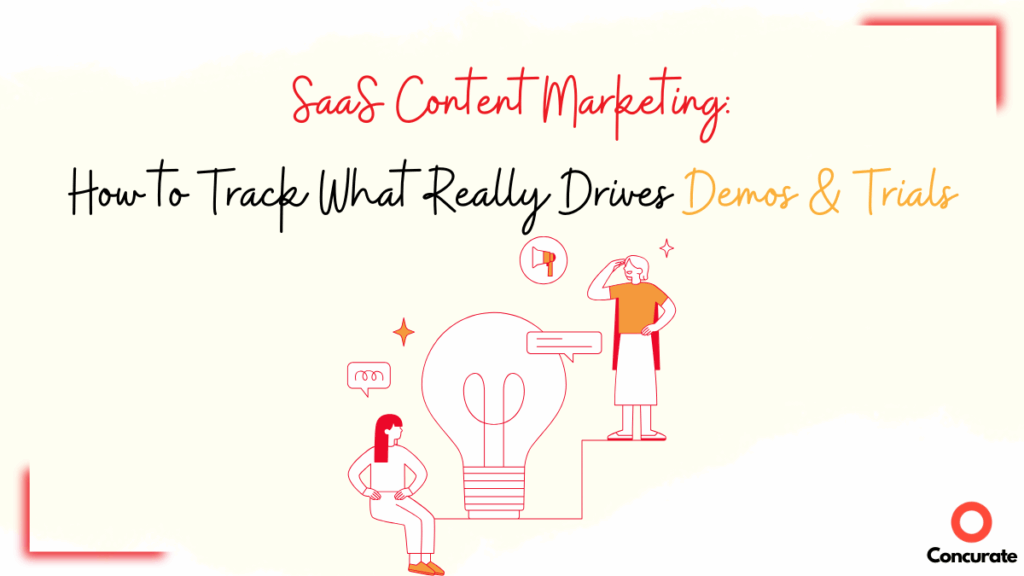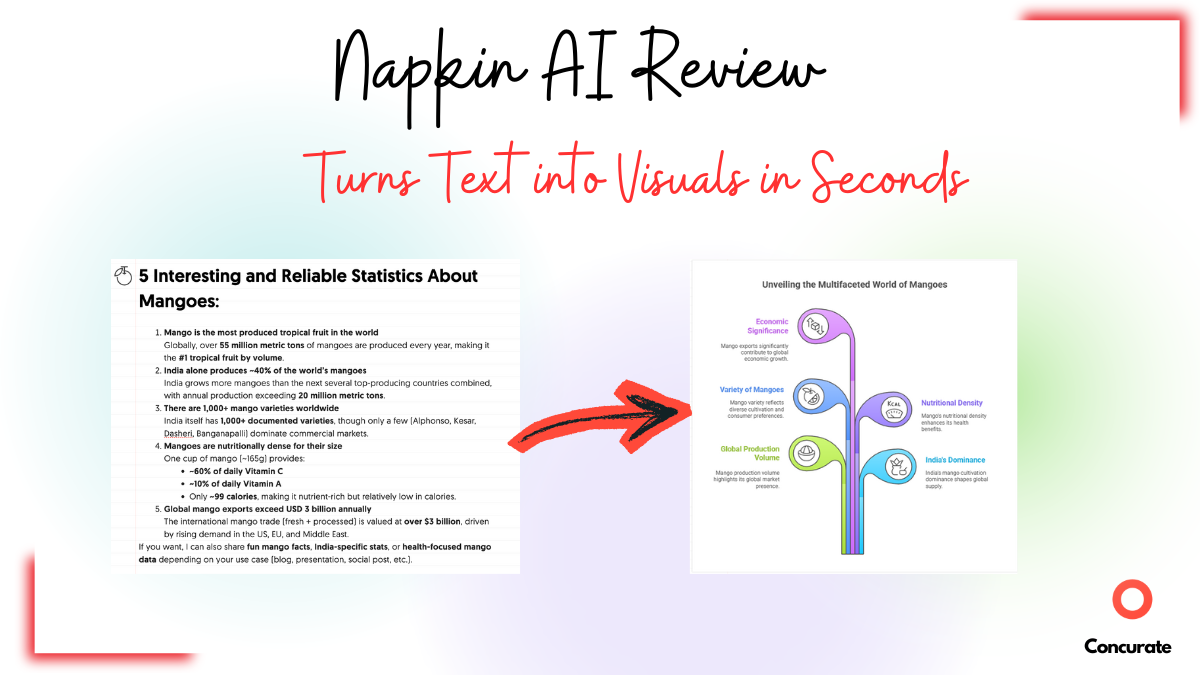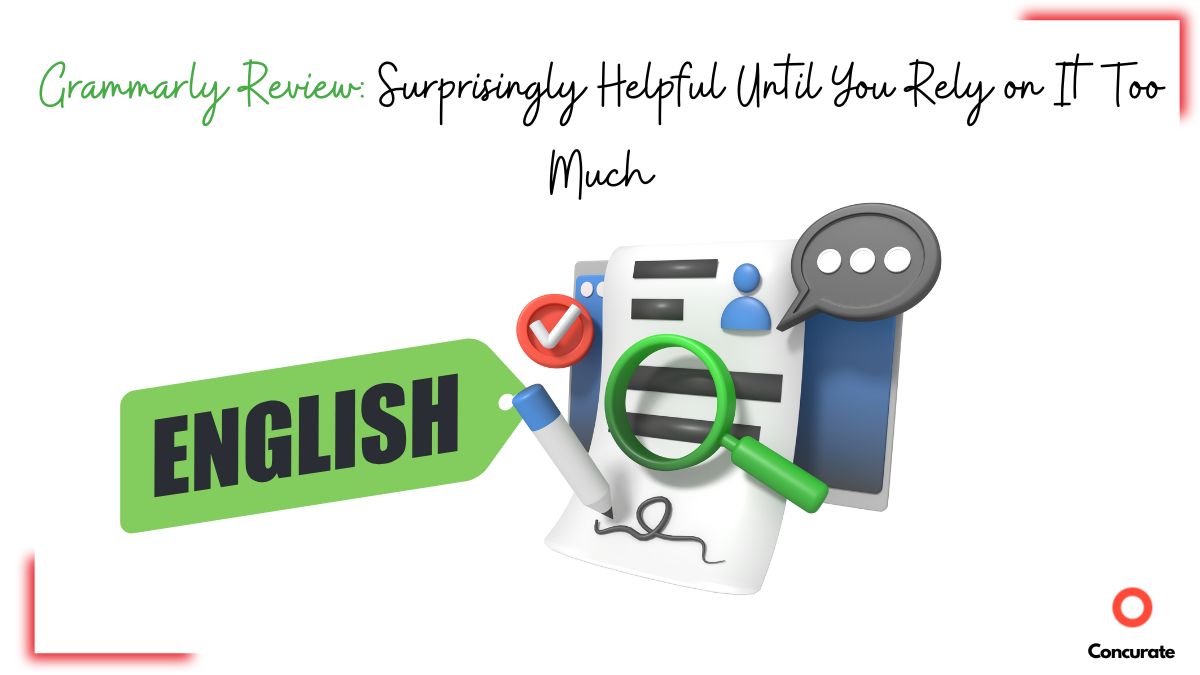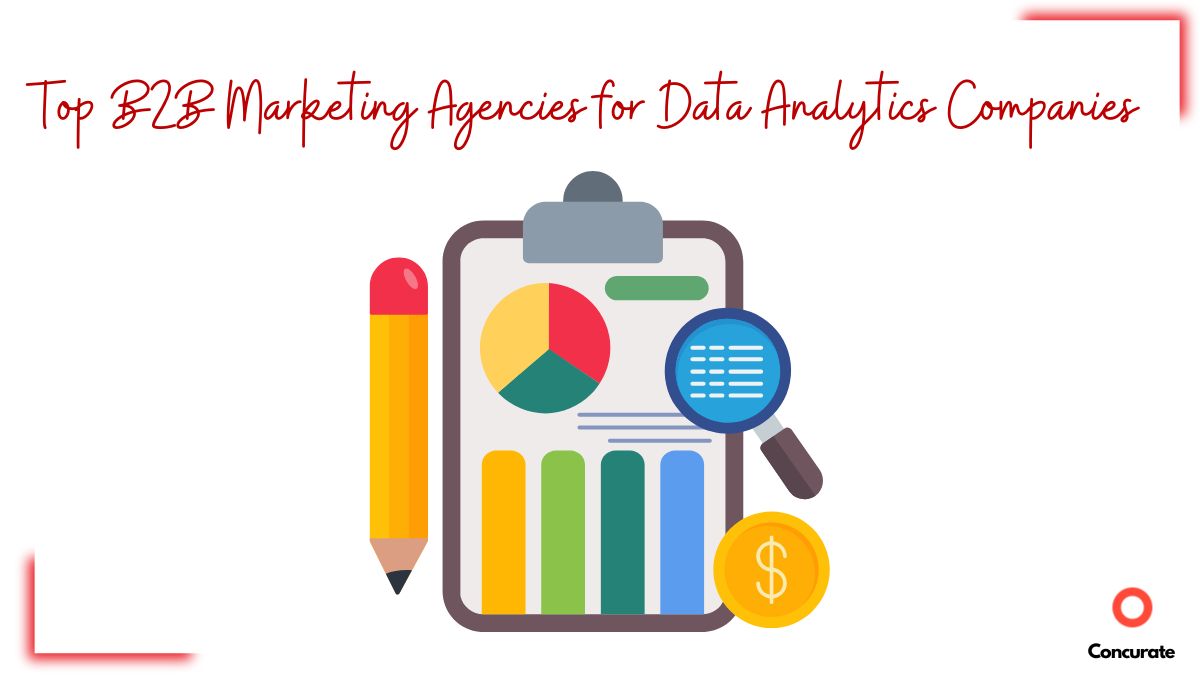| TL;DR: Traffic and impressions don’t equal pipeline. To measure SaaS content marketing ROI, focus on demo signups, trial conversions, attribution models, and buyer behavior signals that prove content is driving revenue. |
Marketers love big numbers. A blog goes viral, a LinkedIn post racks up thousands of impressions, or a webinar fills the room, and it feels like success.
But here’s the hard truth, none of that proves your content is driving the pipeline!
For SaaS teams, the real question isn’t “How many people saw this?” but rather “Did it push the right people closer to a demo or trial?”
Those are the high-intent actions that matter most and measuring them requires more than vanity metrics.
To uncover how SaaS leaders approach this, we asked founders, CMOs, and growth leaders about the exact metrics, attribution methods, and lessons they rely on.
Their insights reveal how to move beyond surface-level wins and prove when content is truly fueling growth.
1. Conversions Over Vanity Metrics
Page views and social shares are nice, but they rarely tell you whether content influenced the pipeline. Several leaders emphasized one golden rule, measuring what drives signups.
Nicola Leiper, Director & Head of Project Management at Espresso Translations, explained that her team pays closer attention to conversions than clicks.
She said,“I measure success on content by measuring the metric that really counts conversions. What is the percentage of individuals that engage with a blog or video that sign up to do a demo or trial?”
At Donorbox, Head of Growth, Raviraj Hegde echoed that sentiment, “In HubSpot we mark each qualified touch on a piece of content as an event with guardrails such as 50 percent scroll or 90 seconds on page, and correlate it to contacts, deals, and stages.”
Whether through a simple CRM view or tools like HubSpot and GA4, these metrics ensure you’re tracking content against business outcomes, not just attention.
2. Using Attribution Models to Prove Content ROI
In SaaS, prospects rarely sign up after reading just one piece of content. They interact with blog posts, case studies, guides, and more before booking a demo. That’s why attribution models are crucial.
Jayson DeMers, founder of EmailAnalytics, shared, “We use a multi-touch attribution model to understand the various touchpoints prospects engage with before converting. However, we pay special attention to the first and last content pieces they interact with.”
At Testlify, founder Abhishek Shah takes a similar approach but combines attribution with behavioral and qualitative methods.
He shared, “We also survey new signups to understand which content influenced their decisions. Over time, this approach has helped us avoid vanity metrics, account for lag between content engagement and conversion, and segment insights by persona and deal stage for real, actionable results.”
At Netsmartz, SVP – Digital Transformation, Anup Mehrotra tracks content’s role using assisted conversions.
He said, “The one key metric we mainly track is the Content-Assisted Conversions-how mainly a piece of content appears in the journey of a lead who becomes an MQL or SQL. We mainly compare such metrics across the content types to identify what is influencing the bottom-of-funnel behavior.”
Tools like Dreamdata, Bizible, or HubSpot’s attribution reports can help visualize this journey. The key is to avoid relying solely on “last click”, otherwise, you’ll miss most of the content’s true influence.
3. Pair Analytics With Qualitative Feedback
Data shows the what, but feedback explains the why. Many leaders said they pair analytics with sales or customer input to get a fuller picture.
Sahil Kakkar, CEO of RankWatch, explained, “Sales teams often share when a prospect mentioned a guide or case study during a conversation. If we do not listen to these human insights we risk undervaluing the real impact of the content. We rely on measurable data but we confirm its meaning through direct feedback from real conversations.”
That’s why case studies are such a powerful proof point and why many SaaS brands partner with specialist case study writing agencies to make sure those stories capture real buyer influence.
Phil Portman, founder of Textdrip, builds this into onboarding, he often asks customers about the first piece of content that made them think this was worth their time.
He said, “One client told me it was a short blog post explaining how to cut customer response time in half using SMS automation. That post never ranked high in traffic, yet it was the deciding factor for them. This kind of feedback helps me spot content that might not shine in analytics but still closes deals.”
Gregory Shein, CEO of CORCAVA, says, “I align with sales teams to gather qualitative feedback on how content influenced conversations or shortened sales cycles. By triangulating data from attribution reports, behavioral analytics, and direct sales input, you create a more accurate narrative of content’s role in revenue generation.”
The takeaway? Pair GA4, HubSpot, or attribution dashboards with frontline conversations to understand content’s role in influencing signups.
4. Behavioral Signals That Show Pipeline Impact
Beyond attribution, some of the strongest evidence comes from how content shapes prospect behavior.
Harikrishna Kundariya, co-founder of eSparkBiz, shared his guide to measuring content’s true pipeline impact.
He says “Prospects who read whitepapers request demos 18 days faster, and case studies mentioning ROI generate 5x more qualified opportunities than feature-focused content.”
We’ve seen a similar pattern in our own programmatic SEO case study, where specific, intent-driven content didn’t just bring traffic, it sped up demo requests and pipeline velocity.
AlgoCademy founder Mircea Dima added, “We also very closely watch things like demo requests, free trials, and engagement. These are strong signs of high-intent behaviours. The information is collected with the help of such instruments as Google Analytics, HubSpot, and Clearbit, which enable us to divide users according to their path and engagement in content.”
Patterns like “trial signups after tutorials” or “faster demo requests after case studies” are often stronger proof of impact than sheer traffic numbers.
5. Trust as a Long-Term SaaS Content Metric
Not every valuable piece of content drives an instant signup. Sometimes its role is to build credibility until a prospect is ready.
Juan Montenegro, founder of WalletFinder.ai, explained, “Ultimately, results driving content is not about product pushing but trust building. Once you measure the right things, keep the user experience front and center, and evolve with time, you will witness your content flowing naturally into the pipeline and generating organic, sustainable growth.”
That trust may not always show up in attribution tools, but it often explains why prospects choose you over a competitor when decision time comes.
6. Common Pitfalls to Avoid in Measuring SaaS Content
Several leaders also shared what not to do when measuring content:
- Chasing vanity metrics: High traffic means little if it doesn’t lead to trials or demos.
- Over-relying on last click: It undervalues awareness-stage and trust-building content.
- Ignoring sales/customer input: Analytics alone can’t capture the nuances of influence.
- Measuring too narrowly: Focusing only on leads ignores content’s role in shortening deal cycles or boosting SQL quality.
Often, the real impact of content only shows up when you zoom out, much like in our SEO success framework, where the compounding effects on trust and conversions far outweigh single-metric wins.
Avoiding these traps ensures your measurement reflects real business impact, not just marketing activity.
Recommended Read: 21 Top SaaS Marketing Agencies Every Ambitious Founder Should Have on Speed Dial
Wrapping Up
Every SaaS leader we spoke with echoed one truth, if you can’t connect your content to the pipeline, you’re flying blind.
The good news? Measuring impact doesn’t require guesswork. It comes down to building a system where metrics, attribution, and feedback work together.
Action List for Proving Content’s Pipeline Impact
- Track conversions tied to high-intent actions like demos, trials, and signups; not just traffic or impressions.
- Use attribution models (linear, W-shaped, or time-decay) to give credit to every content touchpoint in the buyer journey.
- Pair quantitative data with qualitative signals from sales teams and customer feedback.
- Measure how content changes buyer behavior: Are demos happening faster? Are deals closing with fewer objections?
- Segment insights by persona and deal stage, so you know which content helps early researchers vs. decision-ready buyers.
- Audit your stack: HubSpot, Salesforce, GA4, or Dreamdata can all help track the journey more accurately.
Before you close this tab, here’s the real takeaway, pipeline-driven content doesn’t always “go viral.” You won’t see it trending on LinkedIn.
But it’s the kind of content that quietly does the heavy lifting, accelerating trust, nudging prospects to request a demo, and fueling revenue growth.
If you’re wondering how to apply this to your own SaaS, that’s where we come in.
At Concurate, we’ve helped SaaS brands uncover which content is truly moving deals forward and turn it into a repeatable growth engine.
Want to measure if your SaaS content is truly driving pipeline? Book a strategy call with us, and let’s uncover the content that converts demos and trials.







